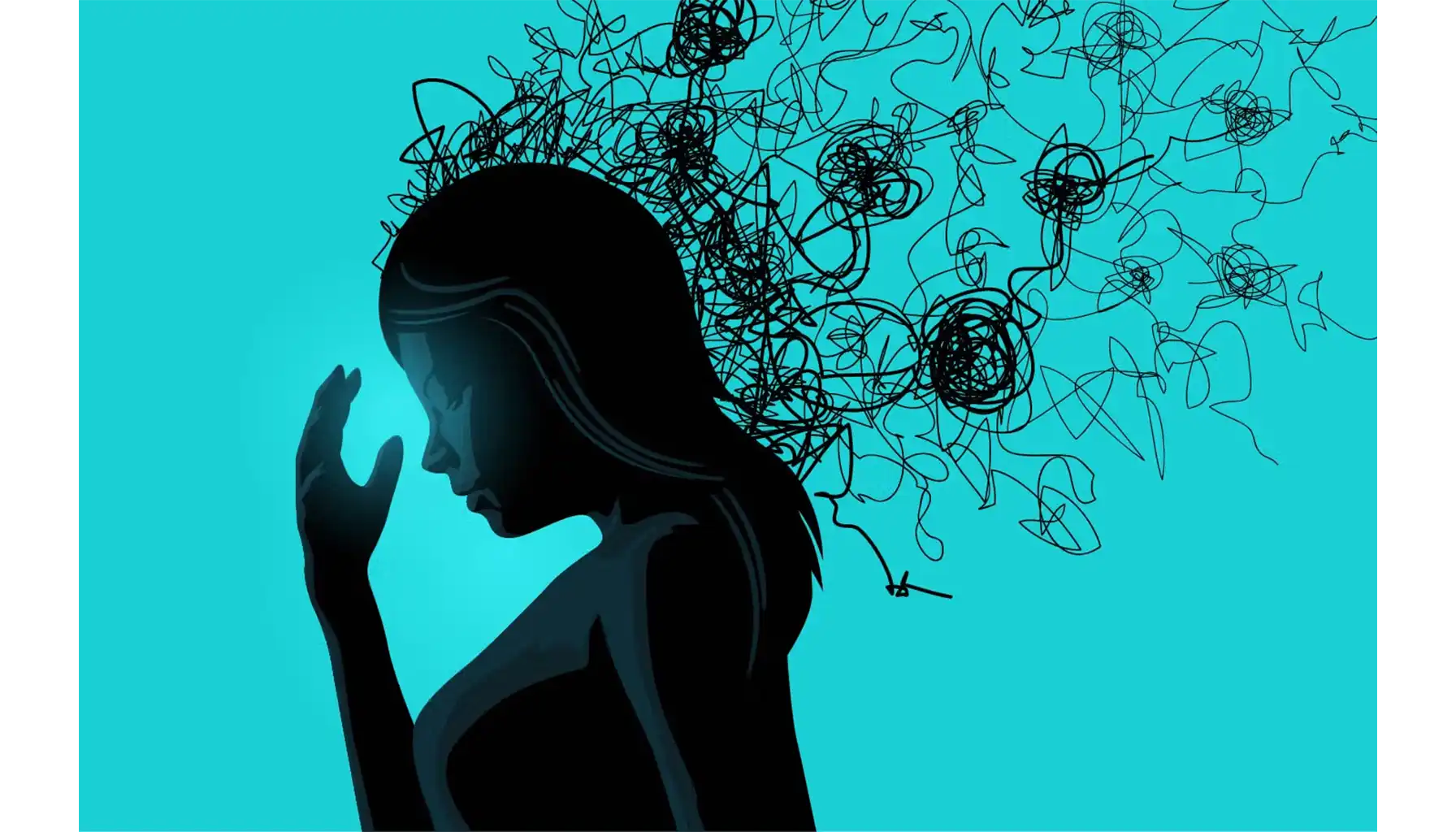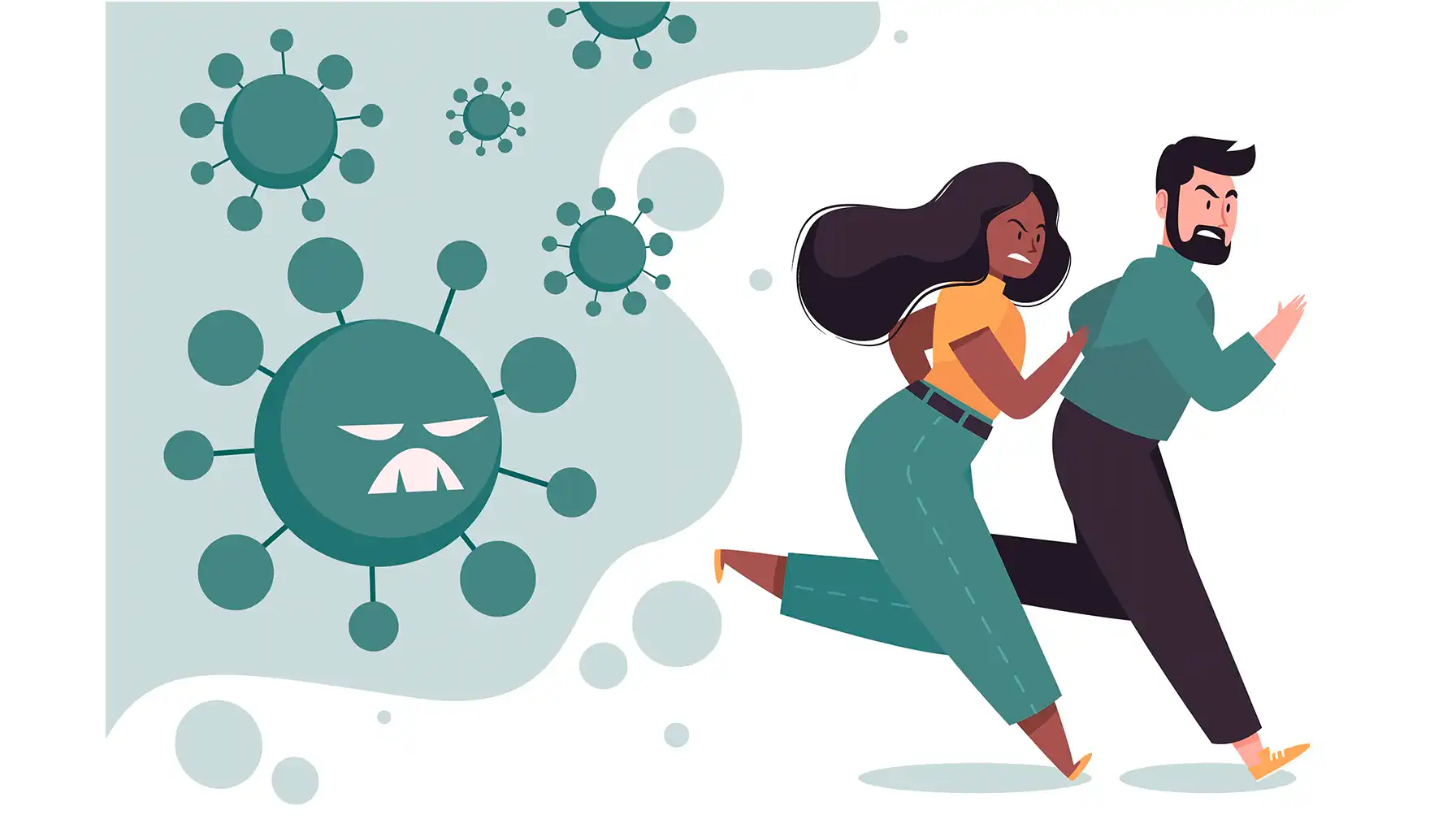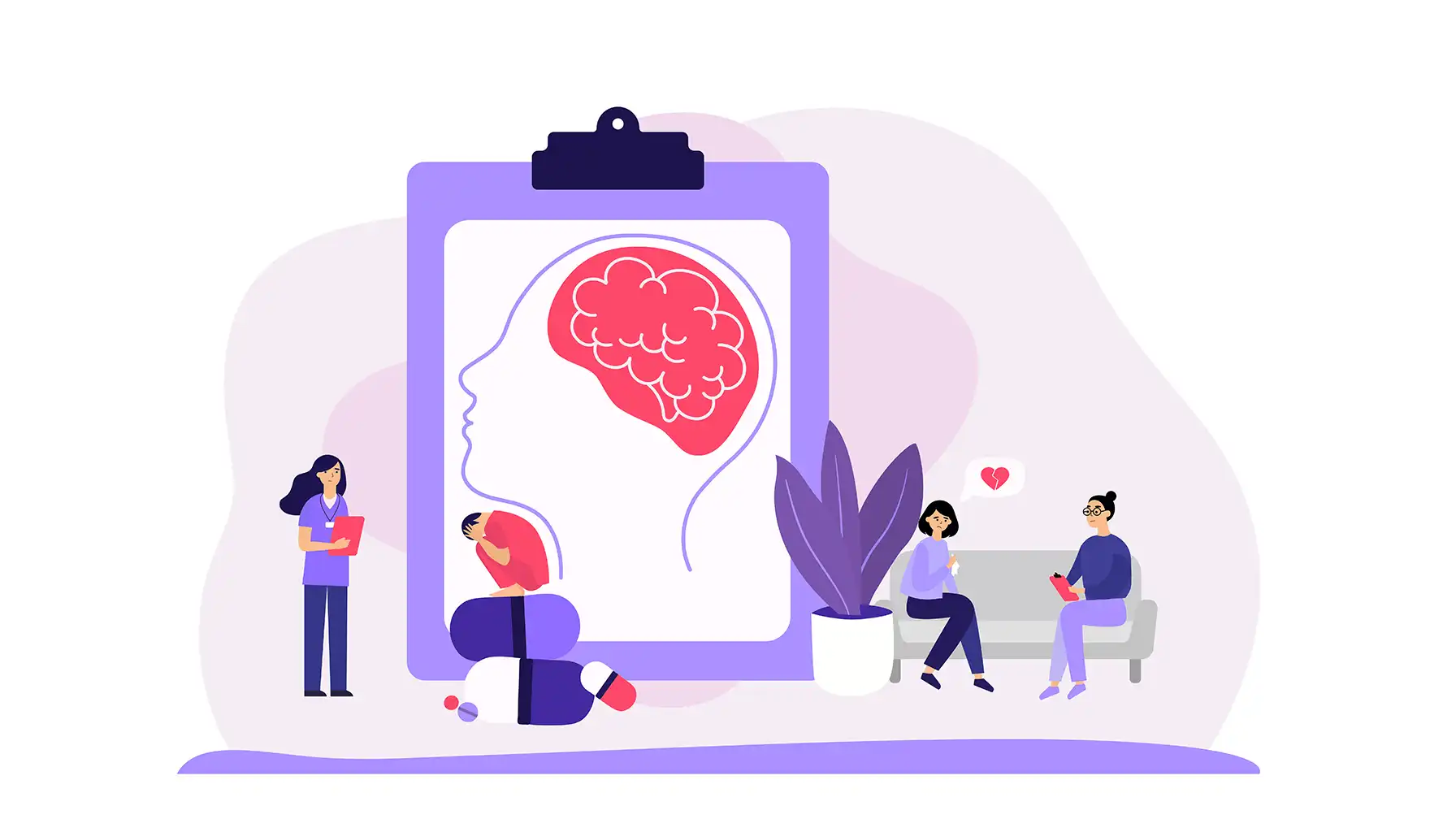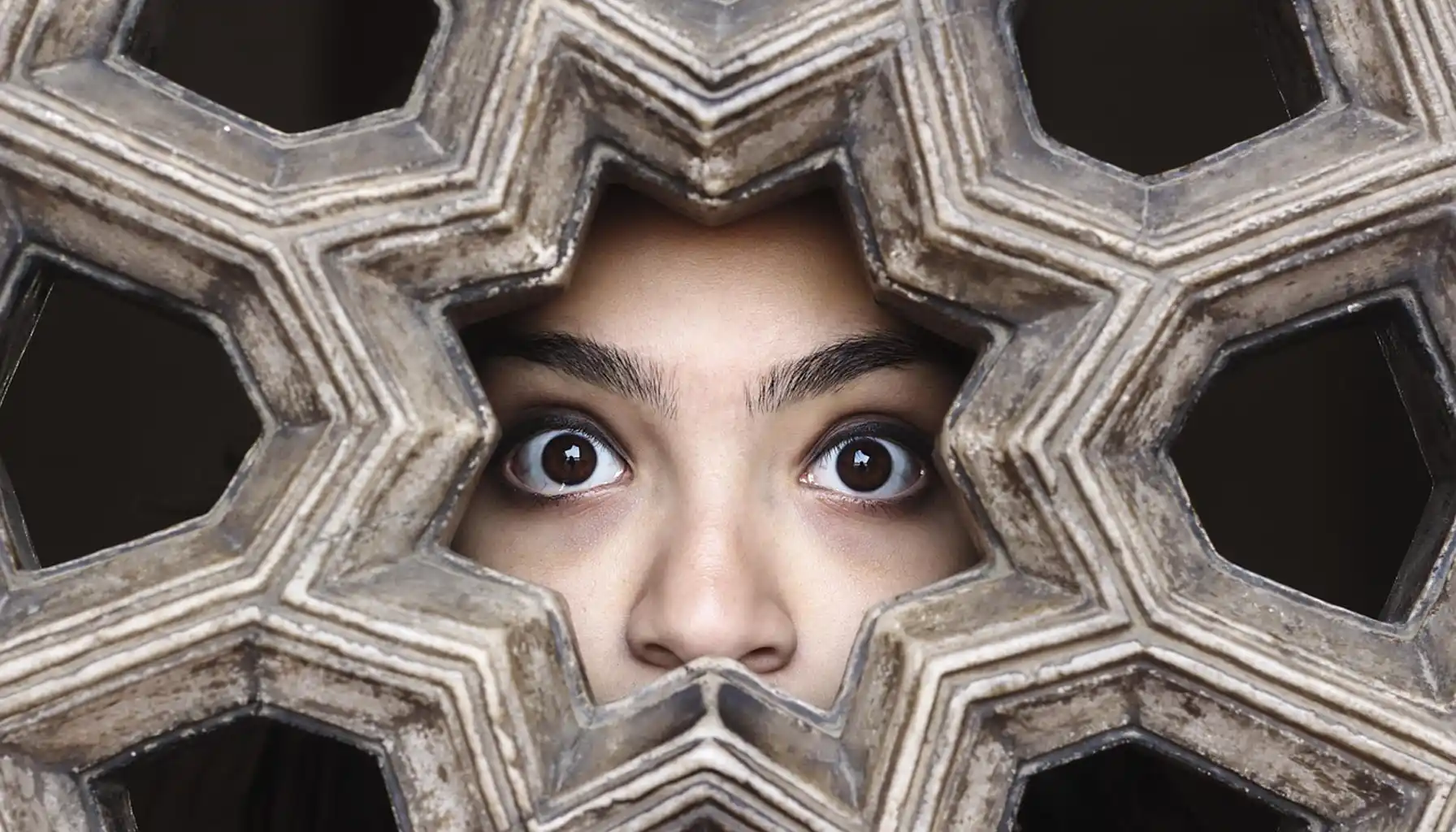What Is a Microphobia: Meaning, Definition, and Causes of the Fear of Small Things

Ever feel uneasy around tiny objects or small creatures?
While many people might experience mild discomfort, for some, this unease can escalate into a genuine phobia. To address the anxiety and thought patterns, cognitive training exercises can prove valuable.
This article is about: the Microphobia definition, its impact on daily life, and common Microphobia symptoms.
So, whats Microphobia and how does it affect those who experience it?
What Does Microphobia Mean?

It is defined by an irrational and excessive fear of small objects or creatures. The Microphobia definition clarifies that this fear isn't simply a dislike, but a genuine phobia, marked by significant anxiety and distress.
It's important to distinguish between a simple dislike and a true phobia. Most people might feel a little uncomfortable around spiders, but someone with Microphobia will experience intense fear, panic, and avoidance.
Microphobia Symptoms
The symptoms of discomfort around small items can manifest both physically and psychologically, impacting a person's behavior.
Physical symptoms | Psychological symptoms |
Rapid heartbeat or excessive sweating | Intense anxiety and panic |
Trembling or shaking | Feelings of unreality or detachment |
Nausea or stomach upset | An overwhelming sense of dread or fear of death |
Dizziness or lightheadedness |
These fears often lead to behavioral changes
Avoiding situations involving small objects or creatures
This could mean steering clear of places where one might encounter insects or even altering daily routines to minimize exposure. It's a way to exert control over one's environment.
Obsessive thoughts about small things
These thoughts can be intrusive and difficult to dismiss, leading to increased unease and preoccupation. The mind races with possibilities.
Engaging in ritualistic behaviors to reduce anxiety
This might involve repetitive actions or routines performed to alleviate discomfort, though these rituals can become disruptive over time. They provide a sense of order.

The intensity of these symptoms can range from mild to severe. Mild symptoms might cause slight discomfort, while severe symptoms can be debilitating, interfering with daily life.
Some individuals may develop persistent discomfort as a result of these elevated anxiety levels, underscoring the importance of effective chronic pain management strategies in conjunction with mental health support.
If you find that these symptoms are significantly impacting your ability to function, seeking professional help is important.
What Causes Microphobia
The answer can be complex, as phobias often stem from a combination of factors. Several theories attempt to explain the origins of this fear.
Genetic Predisposition | Some individuals may be genetically predisposed to developing anxiety disorders, making them more susceptible to phobias. |
Traumatic Experiences | A negative experience in childhood involving a small object or creature can trigger the development of Microphobia. |
Learned Behavior | Children can learn phobias by observing the fear responses of their parents or other caregivers. |
Neurochemical Imbalances | Imbalances in brain chemistry may play a role in the development of anxiety disorders, including phobias. |
Cultural Factors and Prejudices | Certain cultural beliefs or prejudices about small objects or creatures can contribute to the development of fear. |
The precise cause of Microphobia is often unknown, and in many cases, a combination of these factors may be at play. Negative associations are key in the formation of phobias, turning ordinary objects into sources of immense fear.

Microphobia Examples
To better understand, it's helpful to consider specific examples. Here are a few common triggers.
Insects | Ants, spiders, and mites are frequent triggers. The fear might stem from their small size and perceived potential for harm. However, it is important not to confuse it with Entomophobia. |
Tiny Holes | A related phobia, trypophobia (fear of clusters of small holes), can sometimes be associated with Microphobia. |
Small Objects | Buttons, seeds, and beads can trigger intense anxiety in individuals with this option. |
Microscopic Organisms | Bacteria and viruses, although unseen, can be a source of fear due to their potential to cause illness. |
Tiny Animals | Mice and hamsters, despite being common pets, can evoke fear and panic. |
Small Toys | Especially plastic or intricately detailed small toys. |
The manifestation of fear can vary in each situation. Someone afraid of insects might avoid outdoor activities, while someone afraid of small objects might have difficulty working with craft supplies.
These triggers are highly individual and what one person finds frightening, another might find harmless.
Diagnosing
It involves a thorough evaluation by a mental health professional, such as a psychologist or psychiatrist. The diagnostic process typically involves discussing your symptoms, medical history, and any potential triggers.
The criteria for diagnosing a specific phobia, including Microphobia, are outlined in the DSM-5 (Diagnostic and Statistical Manual of Mental Disorders).
A key aspect of diagnosis is ruling out other potential mental health conditions that may be contributing to your symptoms. Various assessment methods may be used to evaluate your level of anxiety and fear.

Treatment
Cognitive-Behavioral Therapy | CBT helps you identify and challenge negative thoughts and beliefs associated with your fear. |
Exposure Therapy | It involves gradually exposing yourself to the objects or situations you fear in a safe and controlled environment. |
Medication | In some cases, medication may be prescribed to help manage the symptoms of Microphobia. |
Relaxation Techniques | Practices such as mindfulness meditation and deep breathing exercises can help you. |
The most effective treatment plan is tailored to your individual needs and preferences. A therapist can work with you to develop a personalized treatment strategy.
For supplementary support, use apps like Mind Elevate. They provide mini-games designed to improve cognitive skills.
These games can help you sharpen your focus, improve memory, and build problem-solving abilities. All these useful tools in managing anxiety and cultivating mental resilience.
Self-Help Tips
Educate Yourself | Learning more about Microphobia can help you understand your fear and reduce feelings of uncertainty. |
Seek Support | Talk to family and friends about your phobia. Their support and understanding can be invaluable. |
Practice Relaxation Techniques | Regularly practice relaxation techniques, such as deep breathing and meditation, to manage anxiety. |
Controlled Exposure | Gradually expose yourself to small objects or creatures in a controlled and safe environment. |
Keep a Fear Diary | Track your progress by noting when you experience fear, what triggered it, and how you managed it. |
By understanding the nature of your unease, you can challenge misconceptions and gain a sense of control.
Sharing your experiences with trusted individuals can provide comfort and encouragement. It's essential to have a network of understanding people around you.
Regular relaxation practices can help calm your mind and body when feelings of unease arise. These techniques can act as a buffer against overwhelming feelings.
Step-by-step introduction to situations that make you uncomfortable, starting with minimal interactions, can help you grow accustomed to these situations and decrease sensitivity.
Note the details of each trigger, intensity, and the coping mechanisms you found useful.





